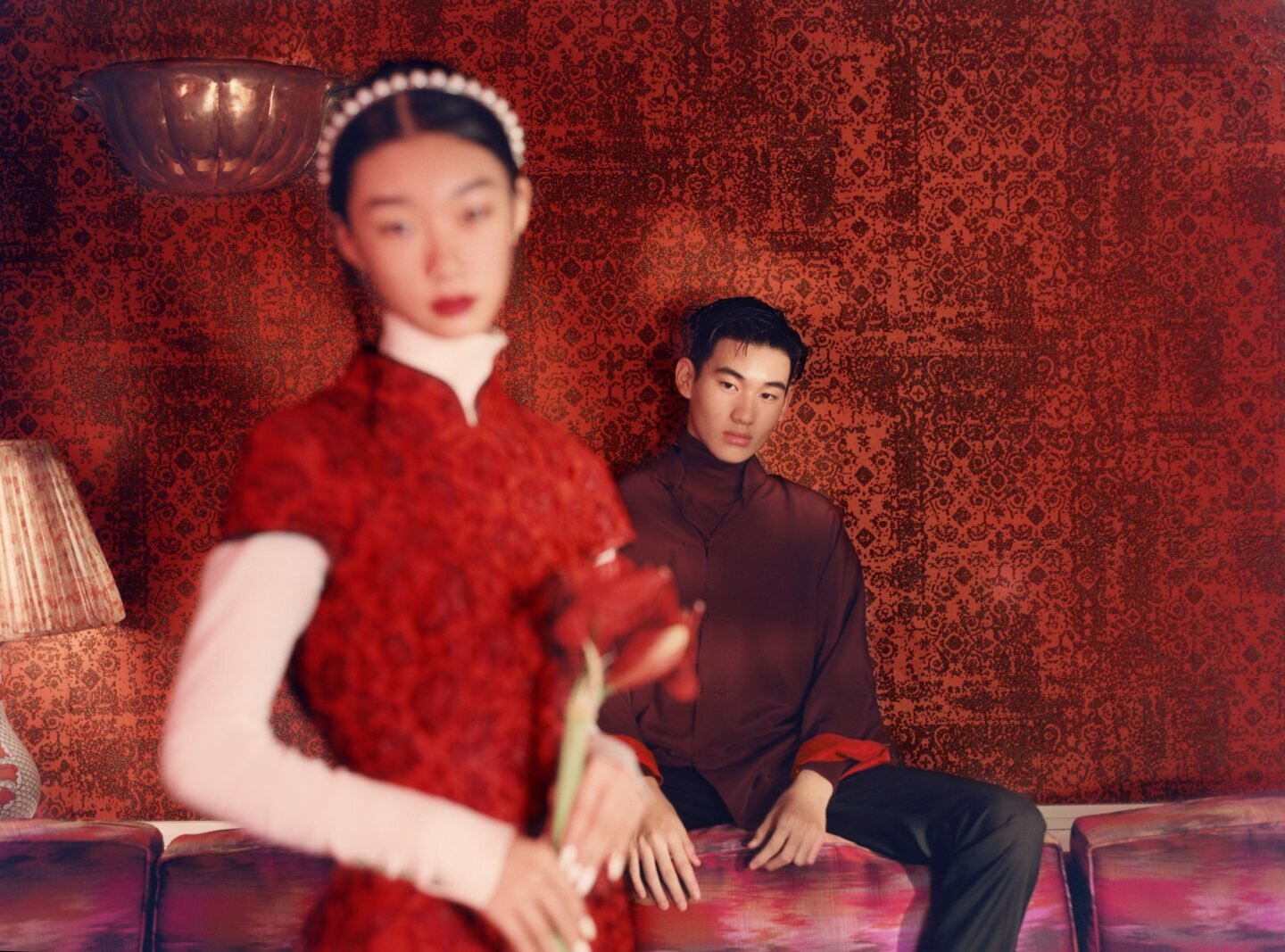A centenarian, a qipao and a shopping mall.
That’s all it took to remind this writer that while Chinese civilisation goes back 5,000 years, Chinese visual arts is far more than just traditional or esoteric — it is as relevant and essential to contemporary culture as, well, a centenarian staging a virtual exhibition.
To mark his 100th birthday last September, Chinese-ink artist Lim Tze Peng launched A Century of Ink, an online look at his artistic journey which has run parallel with Singapore’s transformation from colonial backwater to world city.
Replete with digital walkthrough and audio and video narratives, it intrigued not just for a senior’s embracement of technology, but also for his unique ability to connect one of the oldest continuous artistic traditions in the world to a wider audience.
While Chinese Ink painting has been cultivated for millennia, artists like Lim experiment and build on tradition to give it a more contemporary spin.
As art collector and founder of Ode to Art Jazz Chong explains: “Our living legend Lim Tze Peng uses a Western-inspired, realistic perspective to paint scenes of the Nanyang, and Singapore in particular — so his works resonate with a wider, younger audience.”
“They enable a lot of Singaporeans to have a part of their beloved city in their homes, helping several generations to connect to their roots, as his paintings become conversational pieces over which to share fond memories.”
This Lunar New Year, his ink work again finds a new audience as they grace red packets that can be redeemed by shoppers at selected CaptiaLand Malls such as Raffles City Singapore — the long time home of his representing gallery, Ode to Art.
A fashionable lifestyle
Another Raffles City resident, luxury brand Shanghai Tang is also seamlessly integrating Chinese art and culture into contemporary society by merging storied traditions with the designs of its latest ready-to-wear, accessories and home decor collections.
Originally a bespoke tailoring service in Hong Kong that came onto the scene in 1994, Shanghai Tang’s qipaos (旗袍), in particular, have been known to stop shoppers in their tracks. Maggie Cheung, as you’ll surely remember, wore the brand’s qipaos in the Wong Kar-Wai masterpiece In the Mood for Love (2000).
Just as how the celebrities and socialites of 1920s Shanghai first popularised the body-hugging, mandarin-collared qipao — itself an update to the Han style of clothing from the Qing dynasty (1636 – 1912) — Shanghai Tang is ensuring that elements of traditional wear endures.
Taking centrestage in its Chinese New Year 2021 collection is the Embossed Floral Jacquard Qipao, whose textured floral pattern features Chinese Herbaceous Peony, a symbol of love and prosperity. With a sweet A-line silhouette, the modern take can even be worn over a long-sleeved turtleneck or with knee-high boots.
Realised in silk crepe fabric and finished with a signature Mandarin collar and distinctive frog buttons, the brand’s beautifully loose Silk Crepe Tang Jacket is also perfect for layering and is a piece that everyone can love. In fact, twinning Tang jackets and qipaos are also designed for the mini-mes.
Timely too is the new Hide & Seek Chinese Zodiac Print Silk Scarf that turns the age old Zodiac folklore on its head. Camouflaging the 12 animals in an explosion of floral and paisley prints, the wearable piece of art offers a fun introduction to the zodiac animals that inform auspicious predictions.
While fashion is what many walk through the doors for, a quick amble through any Shanghai Tang boutique reveals the brand’s desire to share all aspects of modern Chinese culture, from tailoring right down to lacquer boxes, home fragrances and even chopsticks for the abode.
That the proudly Chinese brand has found footing alongside the luxury maisons and casas of the West is testament to the fact that traditions can evolve in tandem with fashion to ensure relevance in a modern world.
Art of the jade stone
Elsewhere in Raffles City, another institution is showcasing precious wearables much loved by both Chinese and Western admirers.
Since its establishment in 1970, heritage jewellery purveyor Li-Hong Jade has specialised in Natural Type A Jadeite Jade jewellery. Its calling card? Craftsmanship and service beyond measure.
Believed to bring good luck and protection, the stone itself has a cultural significance that dates back thousands of years. Notably, wealthy noblemen of the Han dynasty (202 BC – 220 AD) were oftentimes buried in suits made from hundreds of jade tiles meticulously sewn together, while emperors of the Qing dynasty prized the mystical stone for its purity.
Affection for the stone has hardly waned over the years. Auction houses such as Sotheby’s have observed increased interest from outside Asia, suggesting a growing global demand for top quality jadeite.
At Li-Hong Jade, the collections range from humbler pieces to investment grade, and come with the assurance of a laboratory report from independent gemmological laboratory Nanyang Gemological Institute.
This opportunity of seamlessly encountering the likes of Li-Hong Jade, lifestyle brand Shanghai Tang, and the works of esteemed artist Lim Tze Peng — all within a lifestyle destination — ensures the visual language of Chinese art and culture remains interwoven in our daily lives.
It serves as a reminder that while traditions evolve for relevance, they persist as a critical piece of culture that is essential in connecting new generations to our rich heritage.
This article marks the start of a 12-part series on style, art and culture, published in collaboration with Raffles City.
252 North Bridge Road, Singapore 199103; instagram.com/rafflescitysg; facebook.com/rafflescitysg/


